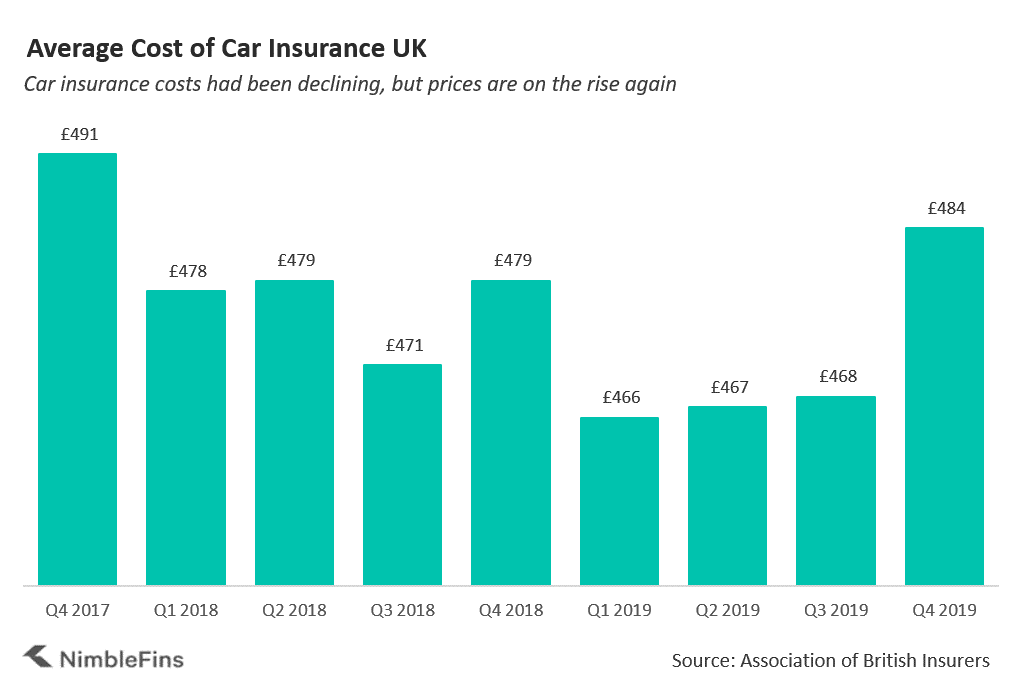Car insurance is a necessary expense for all drivers, but estimating its cost can often feel like navigating a maze. With so many factors influencing premiums, from personal demographics to vehicle specifications and driving history, understanding how insurers calculate your rates is essential. In this comprehensive guide, we’ll delve into 20 practical tips to help you estimate your car insurance costs more accurately.
- Know Your Coverage Needs:
- Understand the different types of coverage available, including liability, collision, comprehensive, and uninsured/underinsured motorist coverage.
- Assess your individual needs based on factors like the value of your vehicle, your driving habits, and state requirements.
- Research State Requirements:
- Familiarize yourself with your state’s minimum auto insurance requirements to ensure compliance with the law.
- Note that requirements vary significantly from state to state, so what’s sufficient in one state may not be in another.
- Evaluate Your Driving Record:
- Your driving history is one of the most influential factors in determining your insurance premiums.
- Maintain a clean driving record to qualify for lower rates, as accidents, traffic violations, and DUI convictions can significantly increase premiums.
- Consider Your Age and Gender:
- Younger drivers and males typically face higher insurance premiums due to statistical data indicating a higher likelihood of accidents and risky driving behavior.
- Assess Your Vehicle:
- The make, model, year, and safety features of your vehicle all impact insurance rates.
- Newer, safer vehicles generally have lower premiums, while high-performance or luxury vehicles typically cost more to insure.
- Bundle Policies:
- Many insurance companies offer discounts for bundling multiple policies, such as auto and homeowner’s insurance.
- Consolidating policies with a single insurer can lead to significant savings.
- Opt for a Higher Deductible:
- Choosing a higher deductible means you’ll pay more out of pocket in the event of a claim, but it can result in lower monthly premiums.
- Evaluate your financial situation to determine the optimal deductible for your needs.
- Drive Less:
- Insurers often offer discounts to drivers with low annual mileage, as they pose a lower risk of accidents.
- Consider carpooling, using public transportation, or working from home to reduce your mileage and qualify for lower rates.
- Maintain Good Credit:
- In many states, insurers use credit scores as a factor when calculating premiums.
- Improve your credit score by paying bills on time, reducing debt, and monitoring your credit report for errors.
- Look for Discounts:
- Insurance companies offer a variety of discounts, such as safe driver discounts, multi-car discounts, and discounts for completing defensive driving courses.
- Take advantage of any discounts for which you qualify to lower your premiums.
- Compare Quotes:
- Obtain quotes from multiple insurers to compare rates and coverage options.
- Online comparison tools make it easy to compare quotes from several companies at once.
- Review Your Policy Annually:
- Circumstances change over time, so it’s important to review your policy annually to ensure it still meets your needs.
- Update your coverage as necessary based on changes in your vehicle, driving habits, or life circumstances.
- Choose Your Coverage Wisely:
- While it may be tempting to opt for the minimum coverage required by law to save money, inadequate coverage can leave you vulnerable in the event of an accident.
- Balance cost savings with sufficient coverage to protect yourself and your assets.
- Consider Usage-Based Insurance:
- Usage-based insurance programs track your driving habits using telematics devices or smartphone apps and adjust your premiums accordingly.
- Safe drivers can save money with usage-based insurance programs by demonstrating responsible driving behavior.
- Explore Group Insurance Options:
- Some organizations, such as alumni associations or professional groups, offer group insurance plans with discounted rates for members.
- Investigate whether you qualify for any group insurance options to potentially lower your premiums.
- Pay Your Premiums Annually:
- Many insurers offer discounts for paying your premium in full annually rather than in monthly installments.
- If you have the financial means to do so, paying annually can result in savings over time.
- Maintain Continuous Coverage:
- A lapse in auto insurance coverage can result in higher premiums when you reinstate coverage.
- Avoid gaps in coverage whenever possible to maintain lower rates.
- Consider the Cost of Living:
- Insurance premiums can vary based on your location, with factors such as population density, crime rates, and weather patterns influencing rates.
- Factor in the cost of living in your area when estimating insurance costs.
- Ask About Affinity Discounts:
- Some insurers offer discounts to members of certain organizations, such as alumni associations, professional groups, or military organizations.
- Inquire with your insurer about affinity discounts that may apply to you.
- Review and Update Your Policy Regularly:
- Life changes, such as getting married, buying a home, or adding a teen driver to your policy, can affect your insurance needs and premiums.
- Review and update your policy regularly to ensure it reflects your current circumstances and offers the best possible coverage at the lowest cost.
Conclusion: Estimating your car insurance costs requires careful consideration of numerous factors, from your driving record and vehicle specifications to your coverage needs and location. By following these 20 tips, you can gain a better understanding of how insurers calculate premiums and identify strategies for lowering your insurance costs while maintaining adequate coverage. Remember to regularly review your policy, compare quotes, and take advantage of discounts to ensure you’re getting the best value for your insurance dollars.
